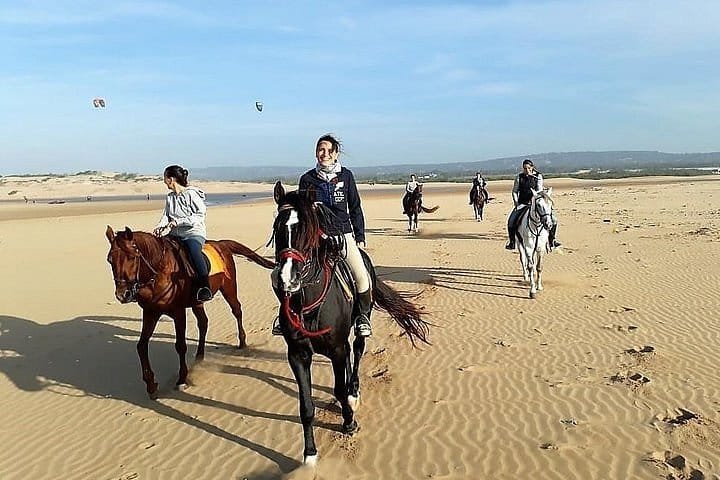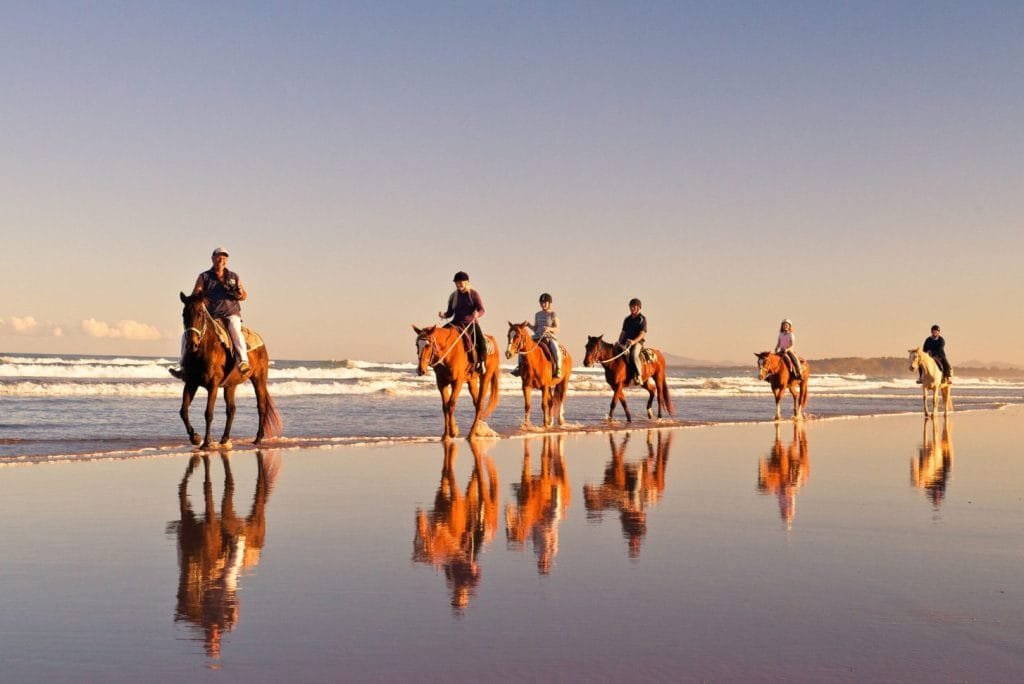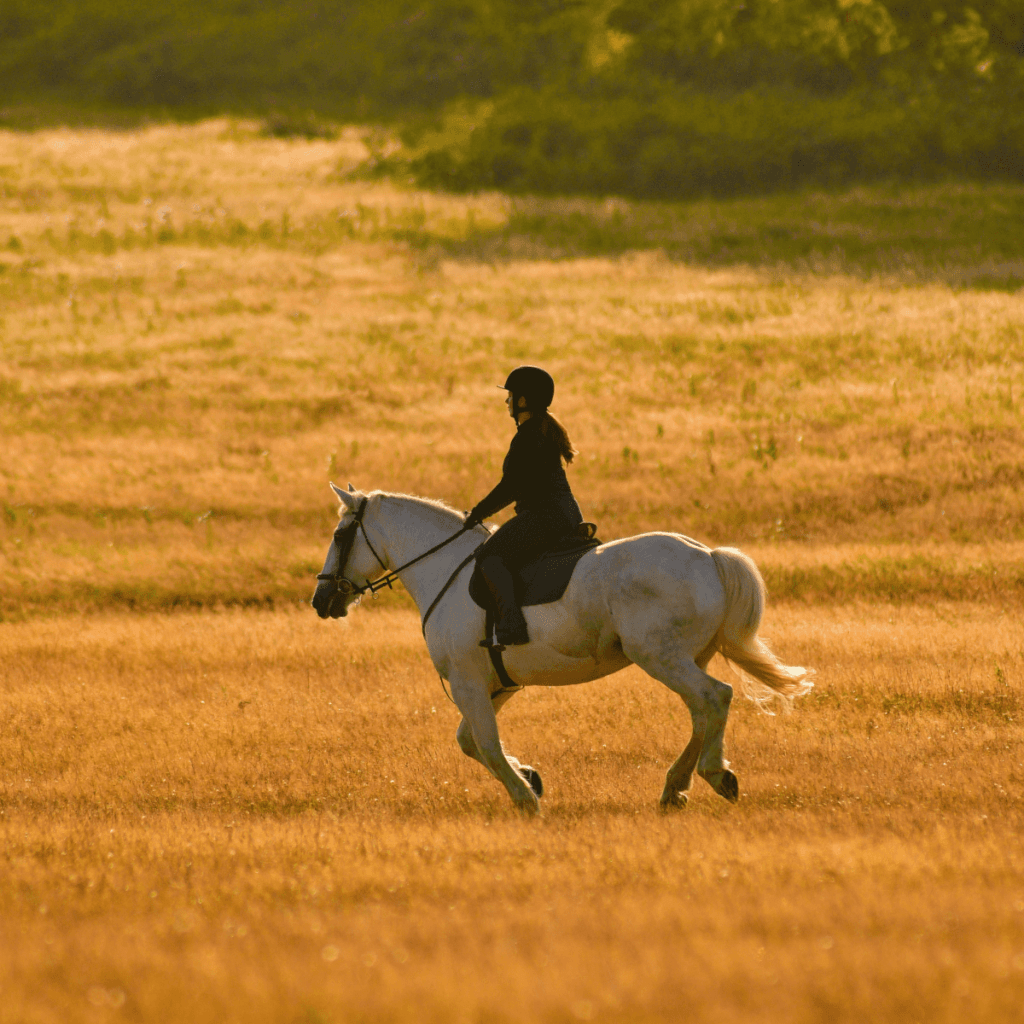Beach horse riding is a magical experience that combines the thrill of horseback riding with the serene beauty of the ocean.
Imagine the feeling of galloping along the shoreline, with the sea breeze in your hair and the sound of waves crashing nearby. Whether you’re new to horse riding or an experienced rider, beach horse riding offers a unique and exhilarating adventure.
Preparing for Your Beach Ride
Before heading to the beach, it’s important to prepare both yourself and your horse:
- Choose the Right Location: Not all beaches allow horses, so make sure to choose a beach where horse riding is permitted. Many popular beach riding destinations offer guided tours and have specific rules to ensure safety.
- Book in Advance: Beach rides are often popular and can fill up quickly, especially during peak seasons. It’s a good idea to book your ride in advance to secure your spot.
- Wear Appropriate Gear: Dress in comfortable, weather-appropriate clothing. Light layers are ideal, as temperatures can vary. Don’t forget to wear a helmet for safety, even if it’s not always required at the beach. Riding boots with a sturdy sole and some grip are also important to keep your feet secure in the stirrups.
What to Expect During Your Ride
A beach riding experience can vary depending on the location and the riding program, but here are some general things to expect:
- Meeting Your Horse: When you arrive, you’ll likely be introduced to your horse. Take some time to get familiar with your mount and follow any instructions from your guide or instructor.
- Safety Briefing: Before you start, you’ll receive a safety briefing. This may include information on how to control your horse, the beach’s specific rules, and what to do in case of an emergency.
- Starting the Ride: Beach rides often begin at a slow pace, allowing both you and the horse to adjust to the new environment. You’ll get used to riding on sand, which can feel different from riding on more solid ground.
- Enjoying the Scenery: One of the highlights of beach riding is the stunning scenery. You’ll have the chance to enjoy the vast ocean, the sound of waves, and possibly even wildlife like seabirds and dolphins.
- Galloping or Trotting: Depending on your skill level and the beach’s regulations, you might have the opportunity to trot or gallop along the shore. Always listen to your guide’s instructions and stay within your comfort zone.

Tips for a Safe and Enjoyable Ride
To ensure your beach riding experience is both safe and enjoyable, keep these tips in mind:
- Follow Instructions: Listen carefully to your guide or instructor. They are experienced and will help ensure your safety and comfort throughout the ride.
- Be Aware of the Environment: Beaches can have varying surfaces, from soft sand to rocky areas. Pay attention to your surroundings and adjust your riding as needed. Also, be mindful of other beachgoers and wildlife.
- Stay Relaxed: Horses can pick up on their rider’s emotions. Stay calm and relaxed to help your horse feel at ease. If you’re nervous, let your guide know—they can offer additional support and reassurance.
- Hydrate and Protect Yourself: Beach environments can be sunny and warm. Drink plenty of water to stay hydrated, and apply sunscreen to protect your skin from sunburn.
Caring for Your Horse
After your ride, your horse will need some care:
- Cooling Down: Allow your horse to cool down gradually. Let them walk around for a few minutes after the ride to help lower their heart rate.
- Grooming: Rinse off any sand from your horse’s coat and check for any signs of irritation. Grooming helps remove sand and ensures your horse is comfortable.
- Feeding and Hydration: Provide your horse with fresh water and a light snack if needed. Proper hydration and nutrition are essential after a ride.





